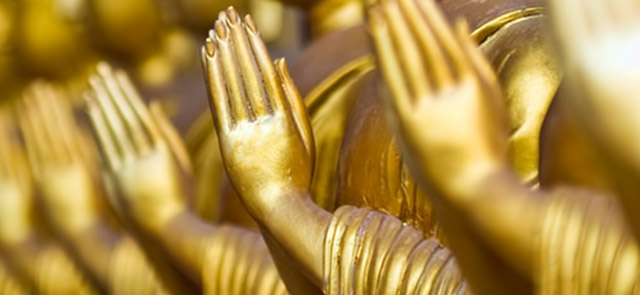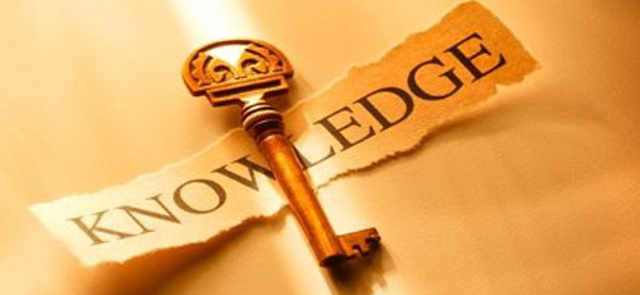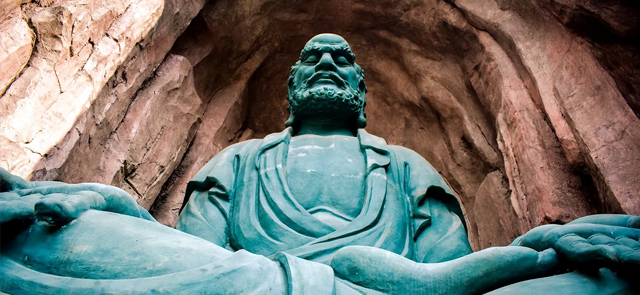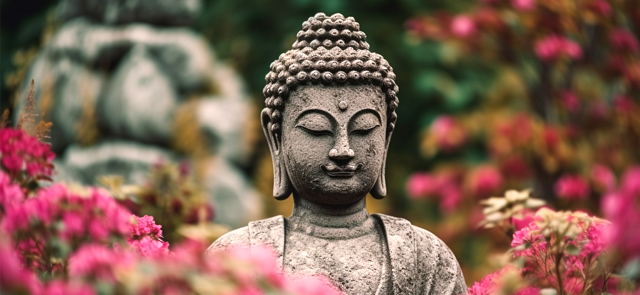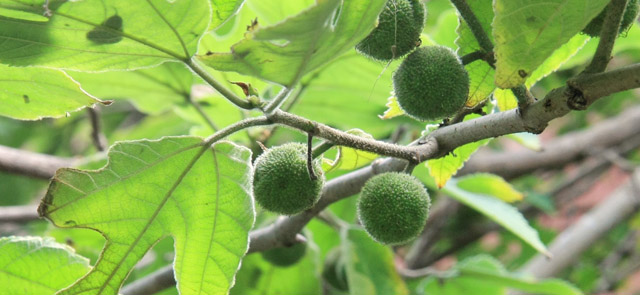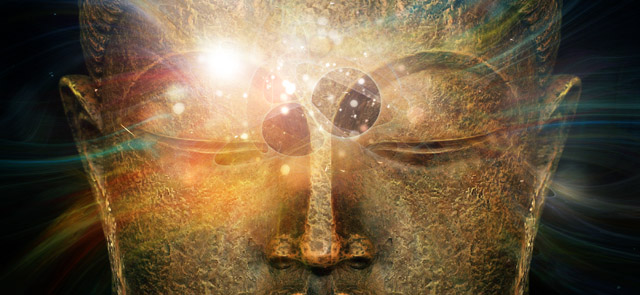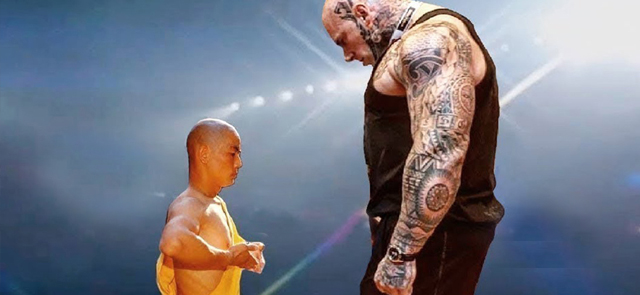A heartfelt bow is not an empty gesture; is a way to express a feeling of gratitude towards the Buddha, the Dharma and the Sangha.Dharma is the way for training the mind, the speech and the body. But the Buddha Dharma is sometimes regarded in a way, which is too intellectual and theoretical so that there is a danger that it is not practiced as a way of training. To help with the training of the body there are various gestures, which are expressions of one's confidence in and reverence for the Three Buddhsit Treasures.
Master Shi Yan Zhuo
These actions when performed with due mindfulness are wholesome karma made by way of the body. Repeated frequently they become habitual bodily karma and it is good to have the habit of reverence as part of one's character.
The Buddha, soon after his Enlightenment, thought that to live without reverence was not suitable, so he looked around with his Divine Eye to find some Master under whom he could live, revering him and his teachings. But he found no master superior to himself, or any teaching superior to the Dharma, which he had discovered.
But out of reverence for that Dharma he decided to make the Dharma his Teacher and to live revering Dharma. We who are his followers should follow in his footsteps and live with reverence for the Buddhist Trinity [Chin.: s?nb?o ??] of Enlightenment: Buddha, Dharma and Sangha.
The gestures used for this are mainly two: respectful salutation with the hands , and the five-limb prostration or "casting the five limbs to the earth".
The first of these, which may be remembered as “respectful salutation with the hands” as there is no satisfactory English equivalent, is made by bringing the palms of the hands together, and raising them to the region of the heart or higher, according to circumstances.
For instance, in the shrine room after kneeling down in front of the Buddha image, one makes anjali before offering flowers, lights and incense. And as the Teacher was the highest in the world and one to go beyond the world, so one respects him by placing one’s hand in anjali to the forehead.
But while chanting, the hands are held in anjali at heart level. This action and others described here, should be done with mindfulness and therefore gracefully. And one should be careful to see that exaggerated and impetuous movements are avoided. As we remarked before, the Dharma does not encourage unrestrained expressions of emotion, rather with its aid one endeavours to calm one’s heart.
After all these preliminary remarks, we have just got into our shrine room, knelt down, made anjali and offered the three offerings. Now there are flowers placed in their vases or upon some offering tray, candles or lamps burning brightly and a blue column of incense smoke rising to the ceiling. It is time to pay one’s respects with the whole body to the Teacher.
When afterwards one says “Namo Amituofo” that word “Namo” [homage] comes from the root nam meaning “to bend or bow to.” So now one bends oneself, one’s mind and body, down and acknowledges that the Buddha was indeed the Perfectly Enlightened One that one’s own understanding of Dharma is insignificant. In the kneeling position, one’s hand in “respectful salutation with the hands” are raised to the forehead and then lowered to the floor so that the whole forearm to the elbow is on the ground, the elbow touching the knee.
The hands, palm down, are four to six inches apart with just enough room for the forehead to be brought to the ground between them. Feet are still as for the kneeling position and the knees are about a foot apart. This is called the prostration with the five limbs, that is the forehead, the forearms, and the knees. This prostration is made three times, the first time to the Buddha, the second to the Dhamma, and the third to the Sangha.
Homage to Him, the Blessed One, the Worthy One, the Perfectly Enlightened One!
